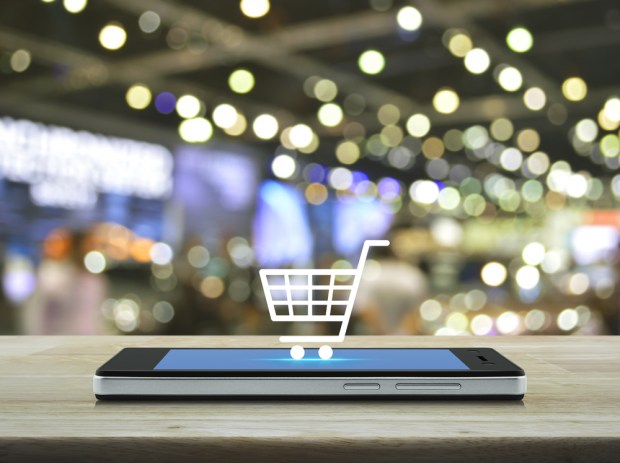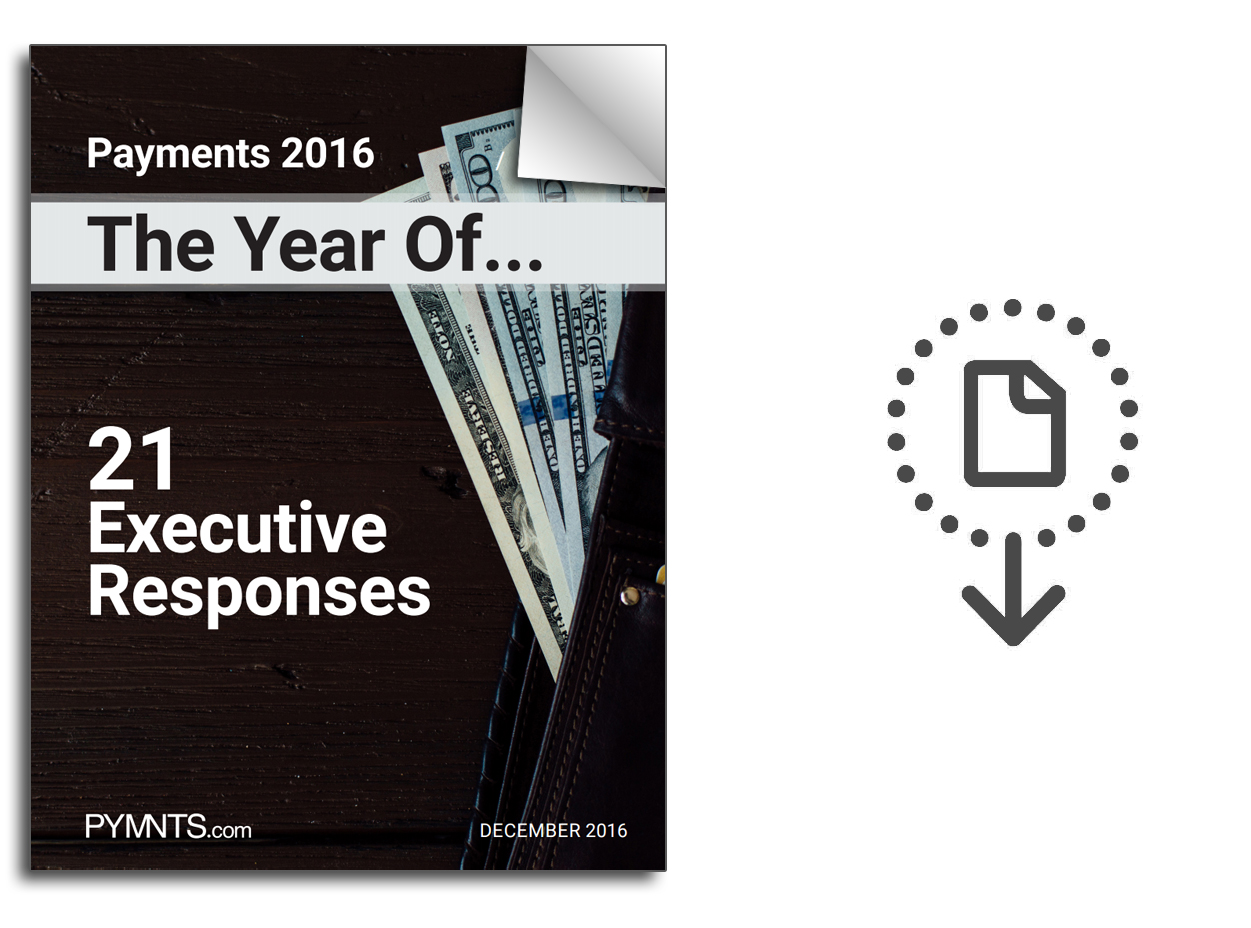Payments 2016: The Year Of Online And In-Store Convergence Via Mobile

PYMNTS consulted 21 payments executives from across the industry to share their insights on the biggest takeaways from 2016 as part of the “Payments 2016, The Year Of…” eBook. We posed the same question to each executive:
If you had to answer the question, Payments was the year of …, how would you answer, and how does your answer change your world — and the world of payments, more broadly?
Here is the response from Rahul Shah, senior VP at Applause…
Payments 2016: The Year Of Online And In-Store Convergence Via Mobile
For years, mobile payment providers had been pushing solutions for mobile pay in-store, but a few things were not there yet: mobile adoption, mobile technology and consumer sentiment. In fact, while payment vendors had been developing and hyping mobile in-store, we’d yet to see definitive evidence from consumers that they were craving such solutions. Because of this, there’d been a nebulous — at best — market on both the merchant and consumer side.
But this year, adoption may have hit a tipping point over the seasonal shopping week. After recognizing the importance of accommodating consumers who want to choose how and when they shop and pay, enough merchants began offering it to begin to make it relevant. Perhaps it wasn’t the huge breakout vendors had been predicting, but a significant start with traction in the market.
The reason? More companies are attending to the motivation factor, adding value to payment apps and processes that provide incentive for consumers. Discounts and special offers have been the carrot leading consumers to convert in many cases. But the real tipping points are consumer convenience and the fact that our digital and “real” lives are converging.
And the convergence is not marketingspeak — it’s real. Think about when smartphones first became ubiquitous and how many times you took pictures of things in stores that you sent to friends or family to see if you should buy it. Maybe it was because it was a potential gift, or maybe you just wanted another opinion. The fact is that back then, you began to fluctuate in between digital and physical worlds as you shopped. Omnichannel efforts are a natural extension, and, when coupled with the aforementioned value adds, you begin to see the evolution of shopping, dependent on great digital experiences for shoppers.
We’ve seen that evolution from brands in terms of omnichannel offerings that customers actually seem to want. Starbucks is, of course, a great example, but there are others. UberEATS is growing in popularity. Walmart offers mobile shopping for groceries plus in-store comparisons for deals on electronics. Levi’s is innovating with fashion, encouraging consumers to shop in-store with their mobile phones. Showrooming is no longer a four-letter word.
At a fundamental level, there is no difference between someone grabbing their actual wallet to pay in-store or pulling out their phone. But consumers need to break their highly ingrained habits. In 2016, we saw the first significant change in that dynamic. The intertwining of the physical and digital worlds, combined with offerings that add value and provide incentive to change those habits — those began to take hold. As we look forward to 2017, delivering a great user experience will be critical for brands looking to build trust and increase adoption. But we saw the first move toward significant adoption of digital payments in 2016, and that’s because more brands are launching payment processes that provide simple, seamless, digital experiences — in-store and out — via mobile.
. . . . . . . . . . . . . .

